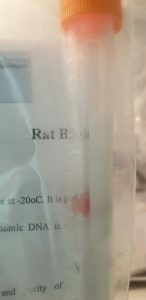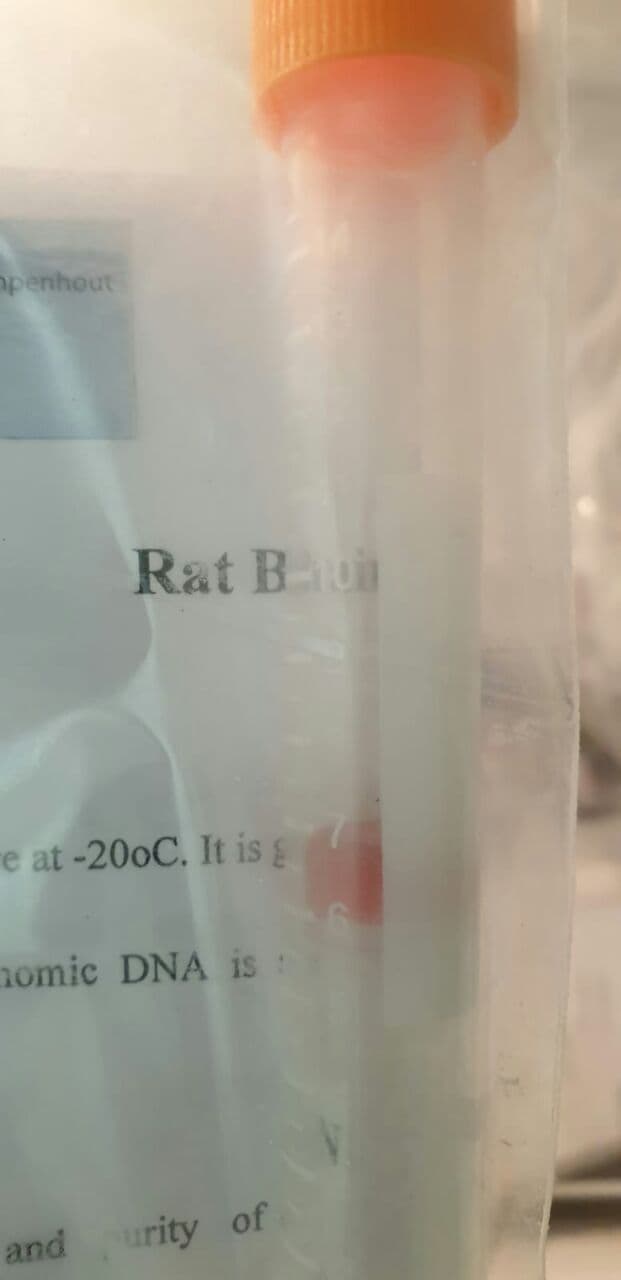Purpose: A protecting impact of anti-Müllerian hormone (AMH) on follicle atresia was lately demonstrated utilizing long-term therapies, however this impact has by no means been supported by mechanistic research. This work aimed to realize an perception into the mechanism of motion of AMH on follicle atresia and on how this might account for the elevated follicle pool noticed in women with polycystic ovary syndrome (PCOS).
Methods: In vivo and in vitro experiments have been carried out to check the consequences of AMH on follicle atresia and on the proliferation and apoptosis of granulosa cells (GCs). RNA-sequencing was carried out to determine new AMH target genes in GCs. The expression of a few of these genes in GCs from management and PCOS women was in contrast utilizing microfluidic actual time RT-quantitative PCR.
Results: A brief-term AMH remedy prevented follicle atresia in prepubertal mice. Consistent with this end result, AMH inhibited apoptosis and promoted proliferation of various fashions of GCs. Moreover, integrative biology analyses of 965 AMH target genes recognized in considered one of these GC fashions, confirmed that AMH had initiated a gene expression program favoring cell survival and proliferation. Finally, on 43 genes chosen among the many most up- and down-regulated AMH targets, eight genes have been up-regulated in GCs remoted from PCOS women, of which 5 are involved in cell survival.
Main conclusions: Our outcomes present for the primary time mobile and molecular proof that AMH protects follicles from atresia by controlling GC survival, and recommend that AMH might take part in the elevated follicle pool of PCOS sufferers.
An informatics analysis platform to make public gene expression time-course datasets reusable for extra scientific discoveries
The exponential development of genomic/genetic information in the period of Big Data calls for new options for making these information findable, accessible, interoperable and reusable. In this text, we current a web-based platform named Gene Expression Time-Course Research (GETc) Platform that allows the invention and visualization of time-course gene expression information and analytical outcomes from the NIH/NCBI-sponsored Gene Expression Omnibus (GEO). The analytical outcomes are produced from an analytic pipeline primarily based on the abnormal differential equation mannequin. Furthermore, in order to extract scientific insights from these outcomes and disseminate the scientific findings, shut and environment friendly collaborations between domain-specific consultants from biomedical and scientific fields and information scientists is required. Therefore, GETc supplies a number of suggestion capabilities and instruments to facilitate efficient collaborations. GETc platform is a really useful gizmo for researchers from the biomedical genomics neighborhood to current and talk giant numbers of research outcomes from GEO.
It is generalizable and broadly relevant throughout totally different biomedical analysis areas. Axons are susceptible to harm, doubtlessly resulting in degeneration or neuronal dying. While neurons in the central nervous system fail to regenerate, neurons in the peripheral nervous system are identified to regenerate. Since it has been proven that injury-response sign transduction is mediated by gene expression modifications, expression profiling is a useful gizmo to grasp the molecular mechanisms of regeneration. Axon regeneration is regulated by injury-responsive genes induced in each neurons and their surrounding non-neuronal cells.
Thus, an experimental setup for the comparative evaluation between regenerative and non-regenerative situations is important to determine ideally suited targets for the promotion of regeneration-associated genes and to grasp the mechanisms of axon regeneration. Here, we overview the unique analysis that exhibits the important thing elements regulating axon regeneration, in specific through the use of comparative gene expression profiling in various methods.

Single-Base Resolution: Increasing the Specificity of the CRISPR-Cas System in Gene Editing
The CRISPR-Cas system holds an ideal promise in the remedy of illnesses attributable to genetic variations. The Cas protein, an RNA-guided programmable nuclease, generates a double-strand break at exact genomic loci. However, using the CRISPR-Cas system to tell apart between single-nucleotide variations is difficult. The promiscuity of the guide-RNA (gRNA) and its mismatch tolerance make allele-specific concentrating on an elusive purpose. This overview presents a meta-analysis of earlier research reporting position-dependent mismatch tolerance inside the gRNA. We additionally look at the conservativity of the seed sequence, a area inside the gRNA with stringent sequence dependency, and suggest the existence of a sub-region inside the seed sequence with the next diploma of specificity. In addition, we summarize the studies on high-fidelity Cas nucleases with improved specificity, and evaluate the usual gRNA design methodology to the SNP-derived PAM strategy, another methodology for allele-specific concentrating on.
[Linking template=”default” type=”products” search=”Phosphate Buffered Saline” header=”3″ limit=”159″ start=”2″ showCatalogNumber=”true” showSize=”true” showSupplier=”true” showPrice=”true” showDescription=”true” showAdditionalInformation=”true” showImage=”true” showSchemaMarkup=”true” imageWidth=”” imageHeight=””]
Combining the 2 strategies could also be advantageous in designing CRISPR primarily based therapeutics and diagnostics for heterozygous sufferers. Genomic variation in the mannequin plant A. thaliana has been extensively used to grasp evolutionary processes in pure populations, primarily specializing in single nucleotide polymorphisms (SNPs). Conversely, structural variation has been largely ignored in spite of its potential to dramatically have an effect on phenotype. Here we determine 155,440 indels and structural variants ranging in dimension from 1bp to 10 kb, together with presence/absence variants (PAVs), inversions and tandem duplications in 1301 A. thaliana pure accessions from Morocco, Madeira, Europe, Asia and North America.

